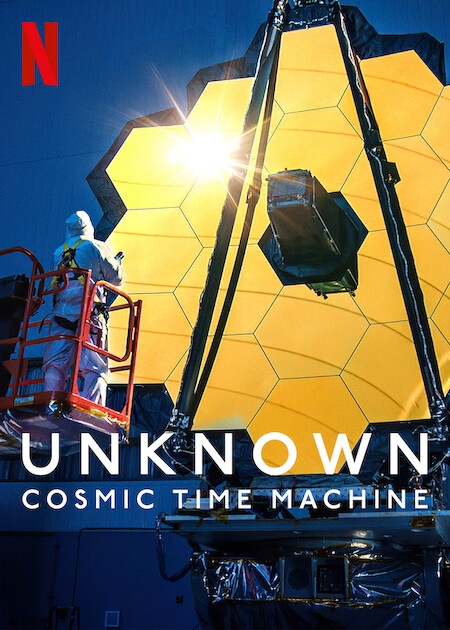Review: Unknown: Cosmic Time Machineby Jeff Foust
|
| “I have often thought of Webb as the Apollo of science. It is a super-hard thing that is almost impossible,” Zurbuchen says in the film. |
The documentary covers some of the development of JWST, dating back to a late 1990s speech by then-administrator Dan Goldin talking up the potential of what was called at the time the Next Generation Space Telescope (then slated to launch in 2007 for a cost of $500 million.) The documentary goes through the cost and schedule overruns and some of the technical challenges, including those late in its development, when sunshield fasteners came loose in acoustic testing.
In an interview in the documentary, Zurbuchen’s frustrations with JWST’s problems at that stage of development are clear. “The fasteners were not locked. How can that be?” he says. “People are making more mistakes than they should. It’s embarrassing.” But, he noted, the team did turn it around, which became clear when engineers mated the two parts of JWST, mirror assembly and sunshield, successfully on the first time.
The drama that is built up in the development of JWST is released through its successful post-launch deployments, which the documentary follows from JWST’s mission control, and the imagery that follows. The film takes us to NASA headquarters, where Zubuchen and astronomers brief NASA administrator Bill Nelson on the first images, including the “deep field” that will be unveiled at a White House event. (Nelson’s first reaction: “Wow. Wow.”)
“It’s overwhelming,” says astronomer Amber Straughn of JWST and its first images. “It’s such a good example of what we humans can do when we work together for something good.”
Unknown: Cosmic Time Machine is one of the first documentaries on JWST, but not the last. At an event at the National Academies earlier this month to mark the first anniversary of those first science images, director Nathaniel Kahn discussed an IMAX documentary set to premiere in October, narrated by actress Michelle Williams.
He suggested that movie will focus on the telescope’s images: “It has to be on an IMAX screen because only that giant screen is making you fully immersed in these worlds.” (No word if the movie, like Christopher Nolan’s Oppenheimer, will be best viewed on the rare 70mm IMAX.) “To see these things in IMAX, just wait, it really is extraordinary.” But even on the smaller Netflix screen, it’s clear JWST has turned out to be extraordinary.
Note: we are using a new commenting system, which may require you to create a new account.
